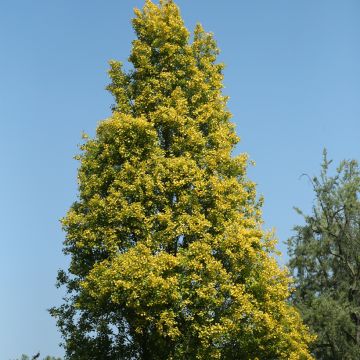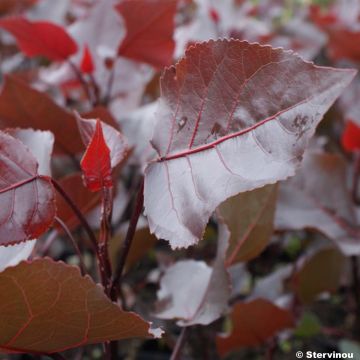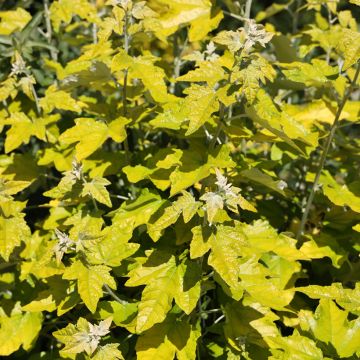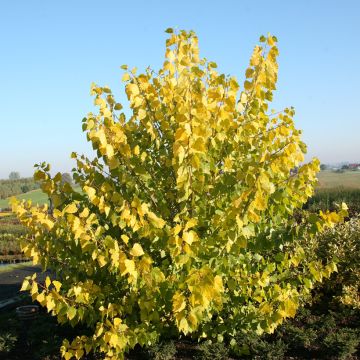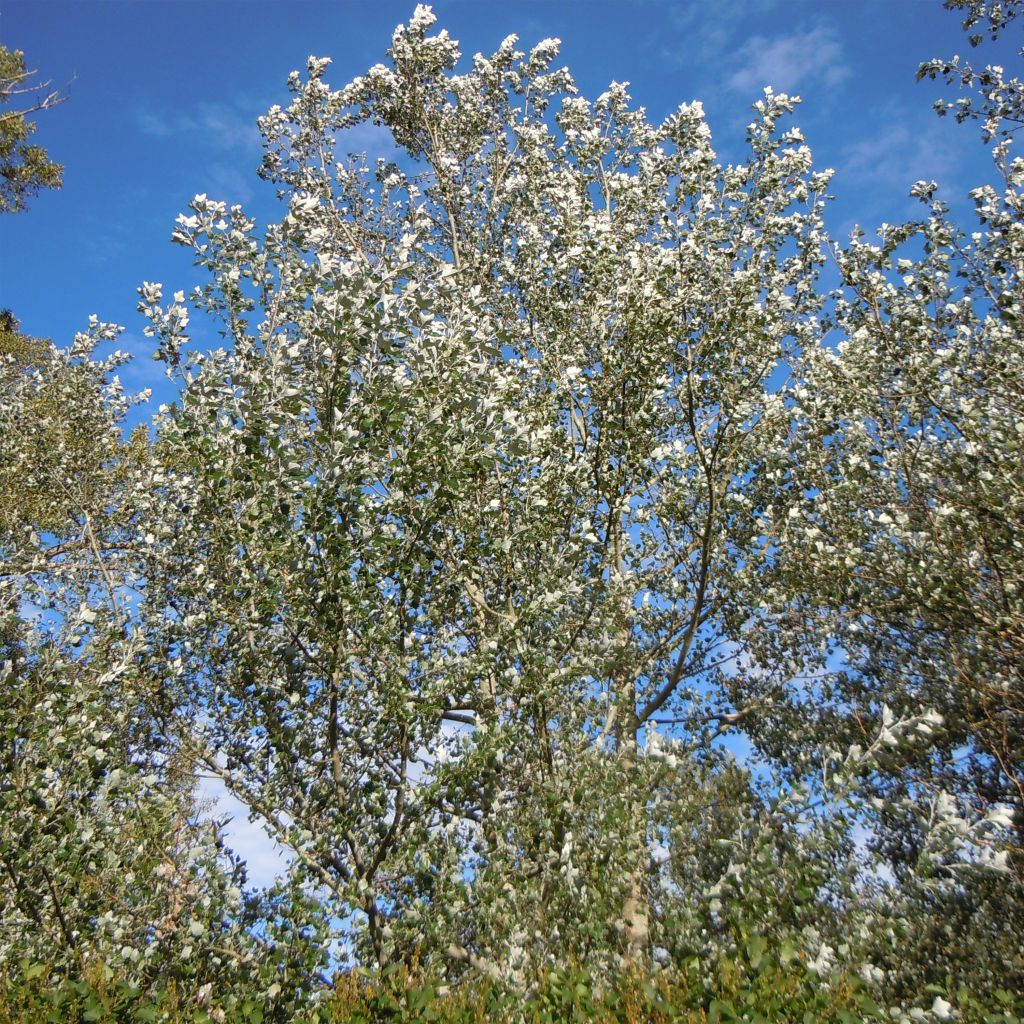

Populus alba Nivea - White Poplar
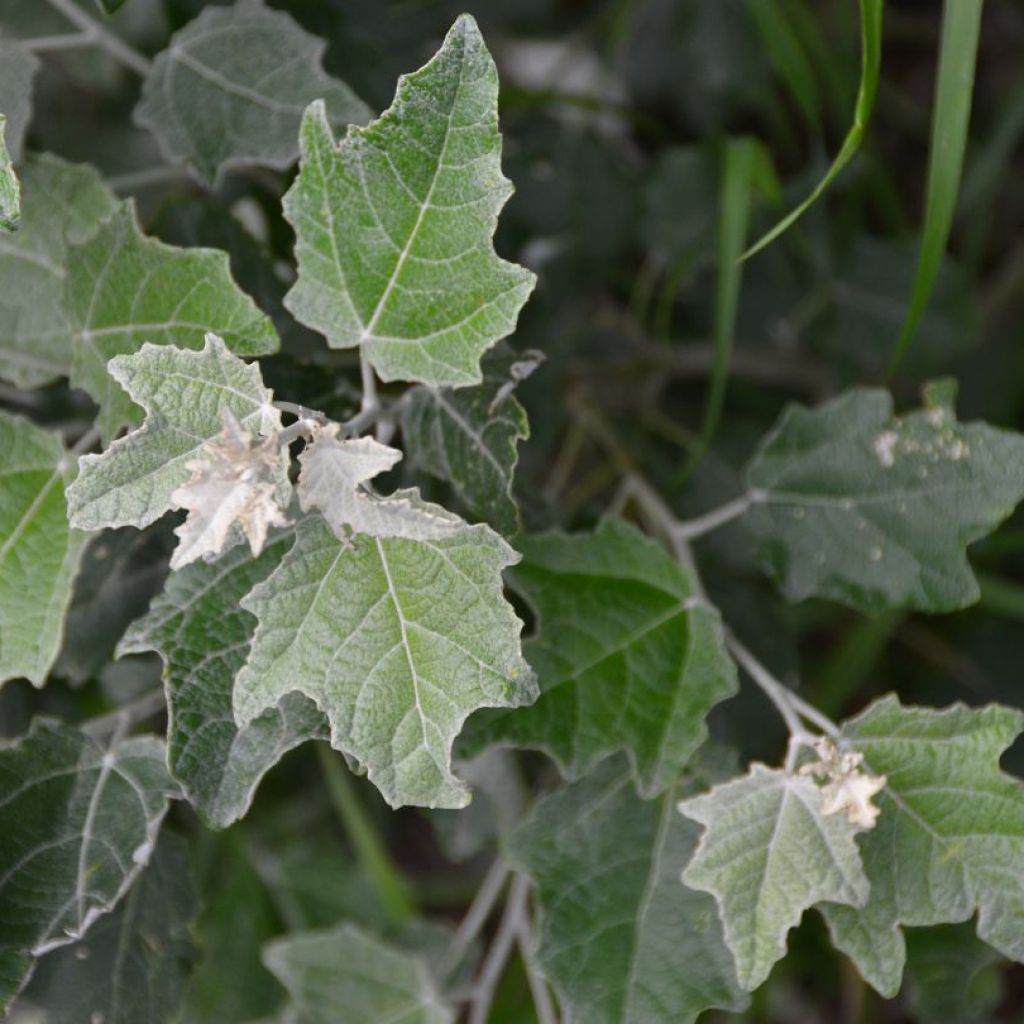

Populus alba Nivea - White Poplar
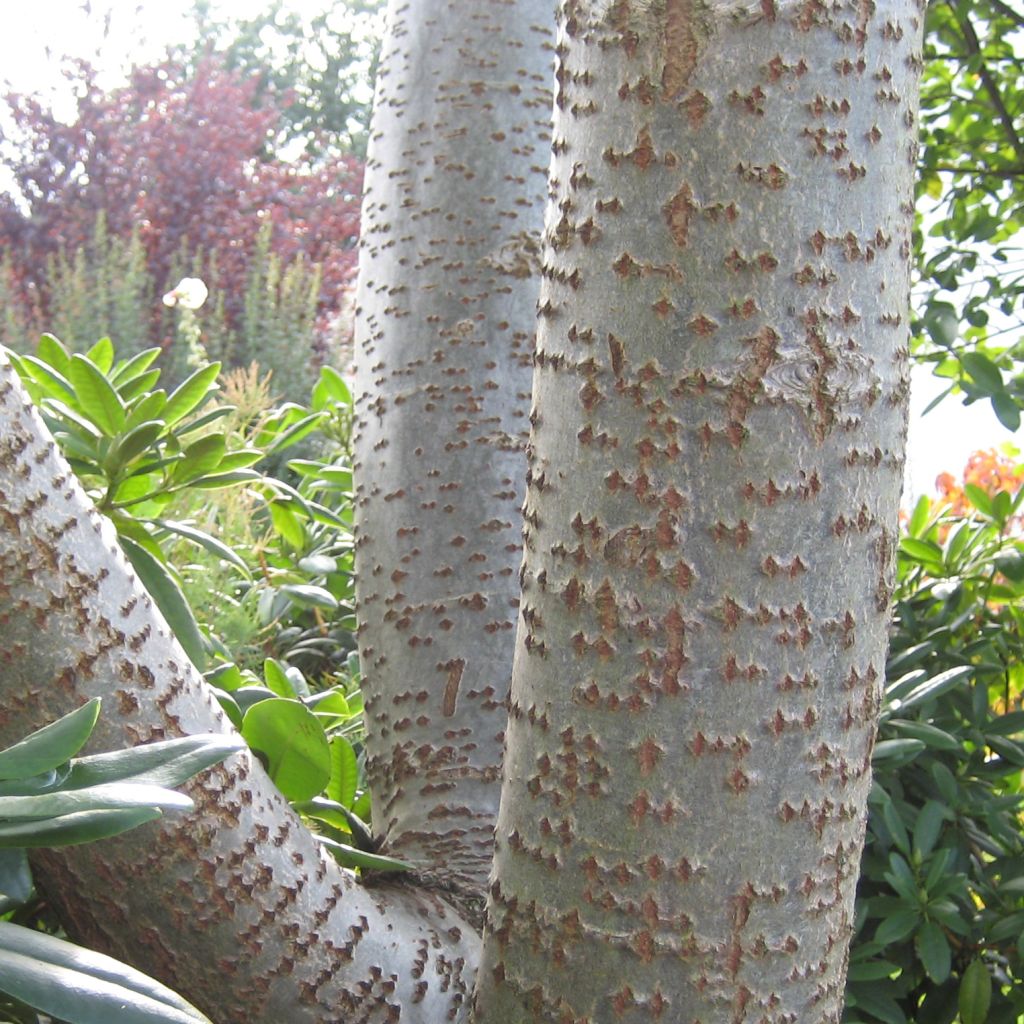

Populus alba Nivea - White Poplar
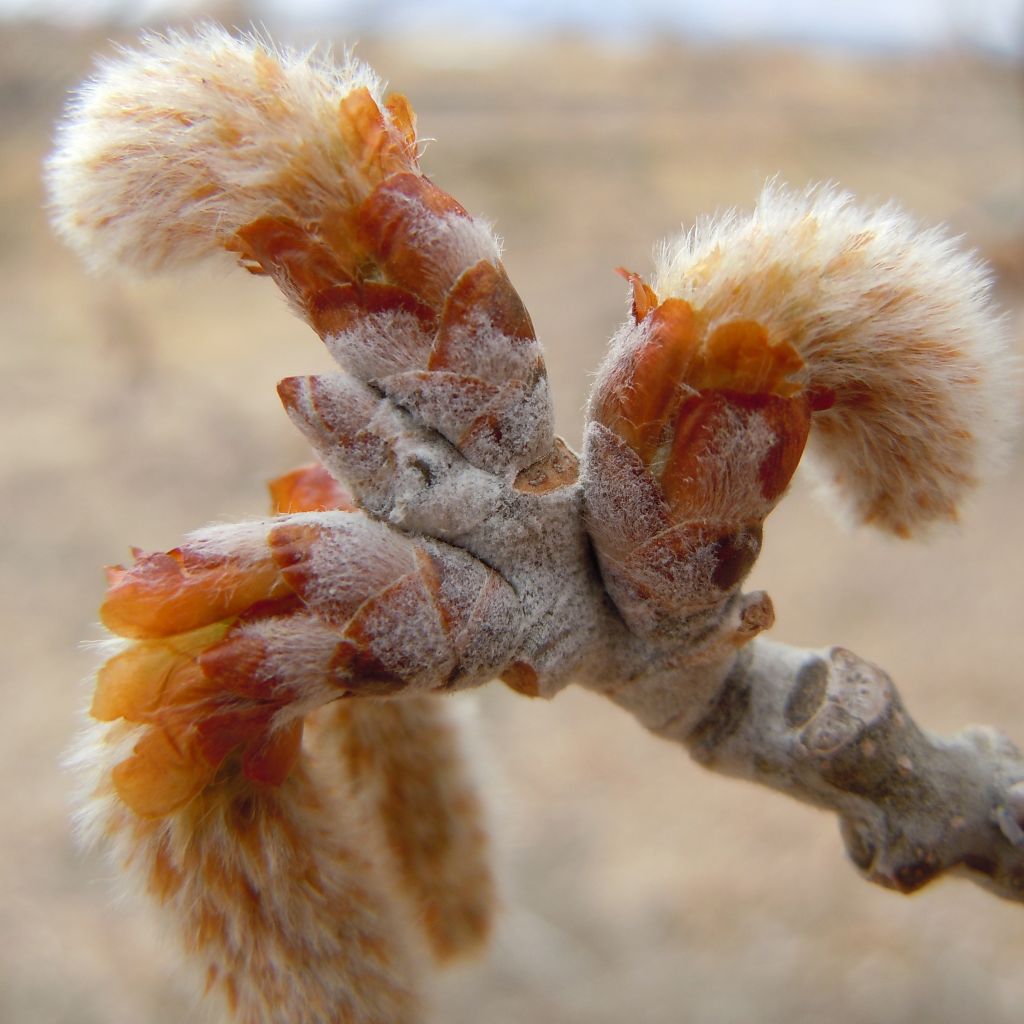

Populus alba Nivea - White Poplar
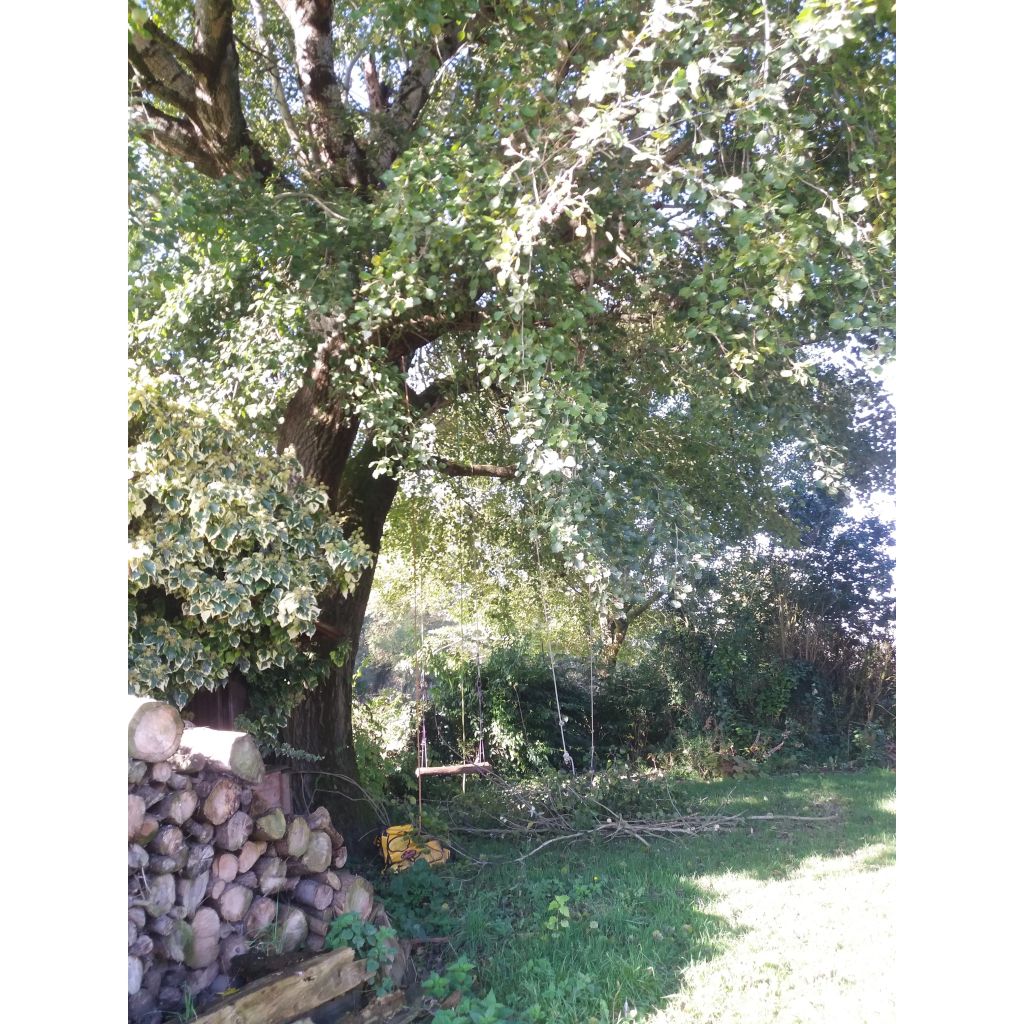

Populus alba Nivea - White Poplar
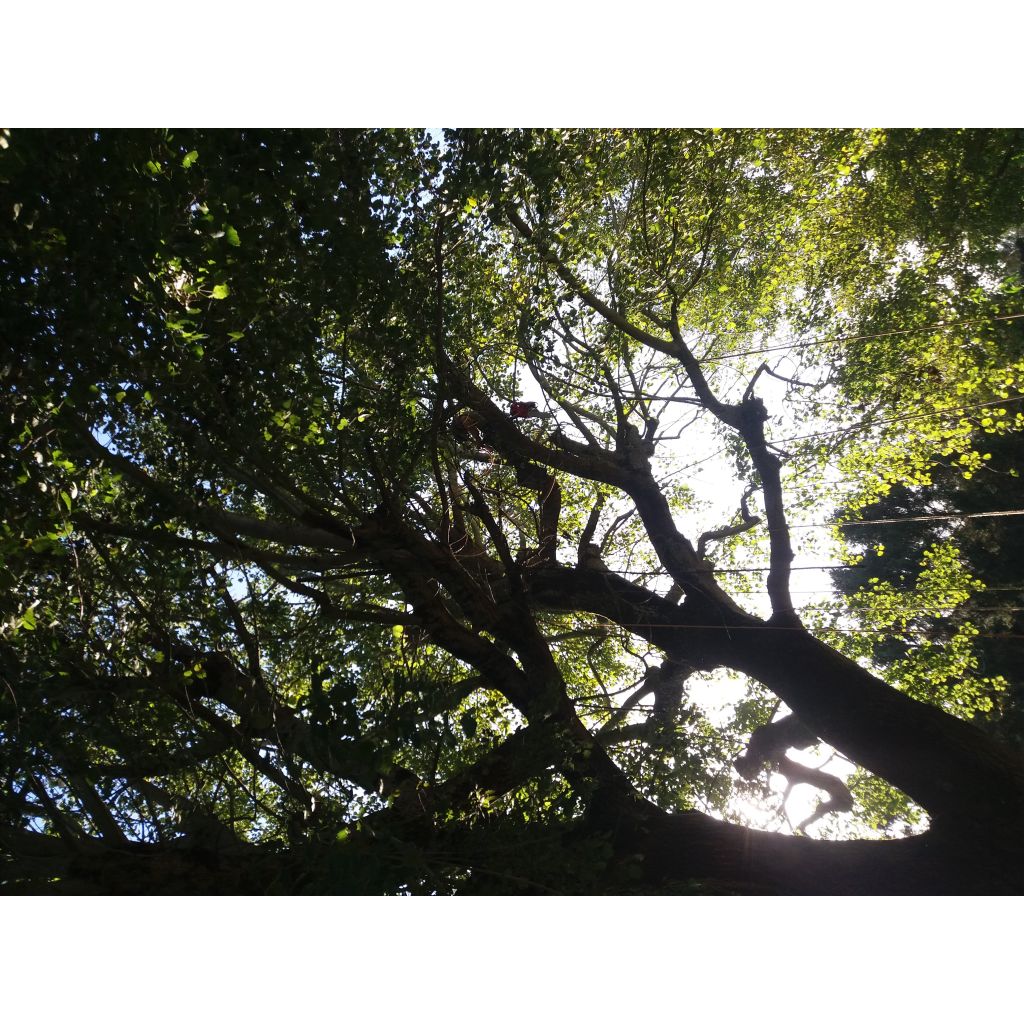

Populus alba Nivea - White Poplar
Populus alba Nivea - White Poplar
Populus alba Nivea
White Poplar, Silver-leaved Poplar, Abele, Abbey, Dutch Beech, Silver-leaved Poplar, White Asp
Why not try an alternative variety in stock?
View all →This plant carries a 24 months recovery warranty
More information
We guarantee the quality of our plants for a full growing cycle, and will replace at our expense any plant that fails to recover under normal climatic and planting conditions.
Oversize package: home delivery by special carrier from €6.90 per order..
Express home delivery from €8.90.
Oversize package: home delivery by special carrier from €6.90 per order..
Express home delivery from €8.90.
Does this plant fit my garden?
Set up your Plantfit profile →
Description
Populus alba 'Nivea', also known as White Poplar, Silver Poplar, or Silver-leaved Poplar, is a robust tree of medium size. The undersides of the mature leaves are cottony, while the young branches and leaves are remarkably white, giving the tree a shiny and silvery effect in the wind. The foliage turns golden in autumn. This poplar tree withstands strong winds and salt spray, and is tolerant of limestone and drought, making it ideal for windbreak hedges.
White Poplar 'Nivea' belongs to the Salicaceae family. It is a cultivar of the famous Silver Poplar, which is native to central and southern Europe, as well as central and western Asia. It can reach a height of 25 m (82 ft) and a spread of 12 m (39 ft 4 in), with rapid growth.
Silver Poplar 'Nivea' has a spreading habit with an irregular spherical crown. The young leaves and branches are covered in white down. The leaves, measuring between 6 and 12 cm (2.4 to 4.7 in), are deeply lobed, greenish-grey on the upper side, and covered in fine hairs on the underside. The deciduous foliage turns a golden yellow in autumn. Its smooth white bark eventually turns grey and rough with age, forming diamond-shaped lenticels. The root system is shallow and vigorous, producing suckers. This species is dioecious, with flowering occurring between March and April, before the leaves appear. The inflorescences are in the form of male or female catkins, with the males being reddish and the females greenish.
*Cottony refers to a plant or fungal structure covered in thick hairs, or a fine down giving a felty impression.
Plant Populus alba 'Nivea' in any well-drained, loose soil, ranging from moist to dry, neutral to alkaline or calcareous, even slightly salty. However, it requires a sunny exposure. Although this tree prefers riversides or moist locations, it can tolerate moderately dry environments.
If necessary, carry out pruning before the start of vegetation, removing diseased or dead wood and crossing branches.
The White Poplar is best suited for large gardens if planted as a solitary tree or for landscaping medium-sized parks and gardens due to its root development and ability to produce suckers. For this reason, it should be planted away from building foundations (at least 15 to 20 m (49 ft 2 in to 65 ft 7 in)). It is perfect for creating a low-cost windbreak hedge that can be pruned in winter to thicken and stimulate sucker growth (coppice shoots), especially in coastal areas.
Populus alba is the host plant for a species of butterfly (eggs and larvae) that is now endangered: the Poplar Admiral (Limenitis populi). Its bark contains salicin and has been used as a febrifuge. Its relatively low-density wood is easy to work with but does not polish well. It is commonly used for making paper pulp, matches, packaging, or plywood, as well as in carpentry and as a structural timber.
Populus alba Nivea - White Poplar in pictures
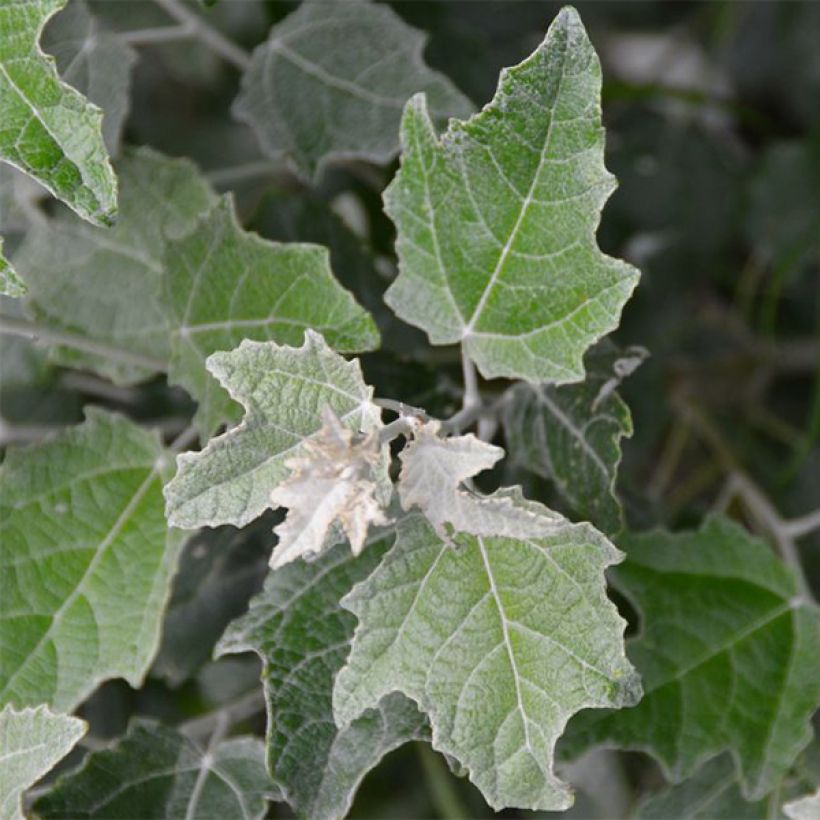

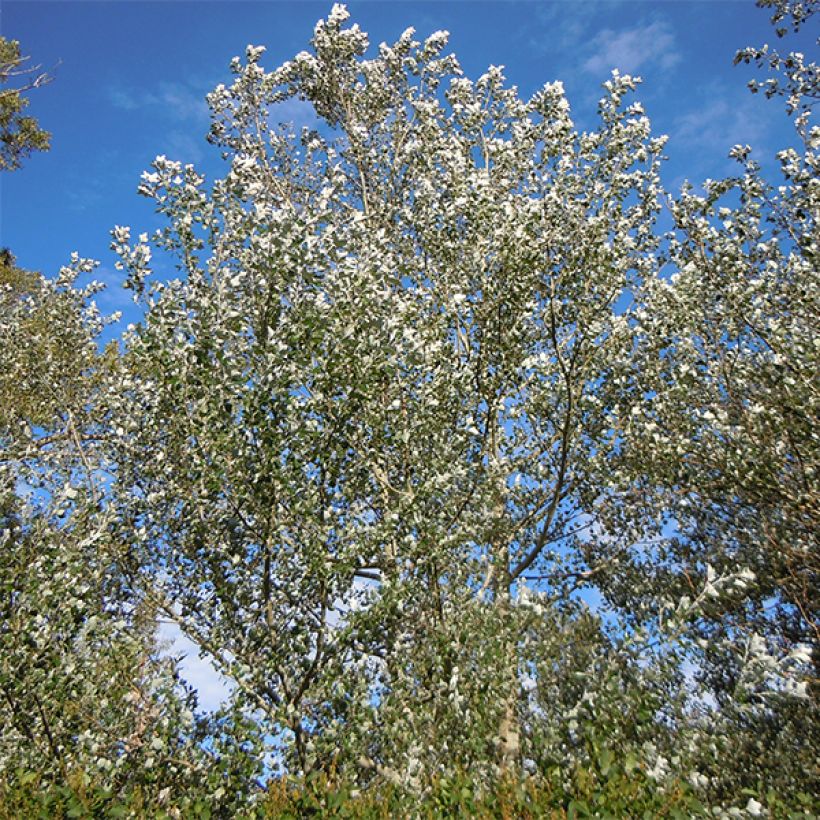

Plant habit
Flowering
Foliage
Botanical data
Populus
alba
Nivea
Salicaceae
White Poplar, Silver-leaved Poplar, Abele, Abbey, Dutch Beech, Silver-leaved Poplar, White Asp
Central Europe
Other Populus - Poplar
Planting and care
Plant Populus alba 'Nivea' in any loose and well-drained soil, ranging from moist to dry, neutral to alkaline or limestone, even slightly salty. Even though this tree prefers riverbanks or wet locations, it can tolerate moderately dry environments, and requires a sunny exposure. If necessary, maintenance pruning should be done before the start of the growing season, removing any diseased or dead wood and crossing branches.
Planting period
Intended location
Care
Haven't found what you were looking for?
Hardiness is the lowest winter temperature a plant can endure without suffering serious damage or even dying. However, hardiness is affected by location (a sheltered area, such as a patio), protection (winter cover) and soil type (hardiness is improved by well-drained soil).

Photo Sharing Terms & Conditions
In order to encourage gardeners to interact and share their experiences, Promesse de fleurs offers various media enabling content to be uploaded onto its Site - in particular via the ‘Photo sharing’ module.
The User agrees to refrain from:
- Posting any content that is illegal, prejudicial, insulting, racist, inciteful to hatred, revisionist, contrary to public decency, that infringes on privacy or on the privacy rights of third parties, in particular the publicity rights of persons and goods, intellectual property rights, or the right to privacy.
- Submitting content on behalf of a third party;
- Impersonate the identity of a third party and/or publish any personal information about a third party;
In general, the User undertakes to refrain from any unethical behaviour.
All Content (in particular text, comments, files, images, photos, videos, creative works, etc.), which may be subject to property or intellectual property rights, image or other private rights, shall remain the property of the User, subject to the limited rights granted by the terms of the licence granted by Promesse de fleurs as stated below. Users are at liberty to publish or not to publish such Content on the Site, notably via the ‘Photo Sharing’ facility, and accept that this Content shall be made public and freely accessible, notably on the Internet.
Users further acknowledge, undertake to have ,and guarantee that they hold all necessary rights and permissions to publish such material on the Site, in particular with regard to the legislation in force pertaining to any privacy, property, intellectual property, image, or contractual rights, or rights of any other nature. By publishing such Content on the Site, Users acknowledge accepting full liability as publishers of the Content within the meaning of the law, and grant Promesse de fleurs, free of charge, an inclusive, worldwide licence for the said Content for the entire duration of its publication, including all reproduction, representation, up/downloading, displaying, performing, transmission, and storage rights.
Users also grant permission for their name to be linked to the Content and accept that this link may not always be made available.
By engaging in posting material, Users consent to their Content becoming automatically accessible on the Internet, in particular on other sites and/or blogs and/or web pages of the Promesse de fleurs site, including in particular social pages and the Promesse de fleurs catalogue.
Users may secure the removal of entrusted content free of charge by issuing a simple request via our contact form.

































